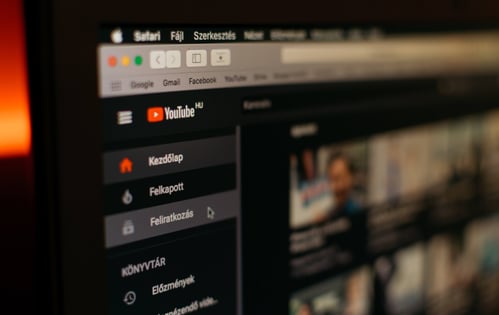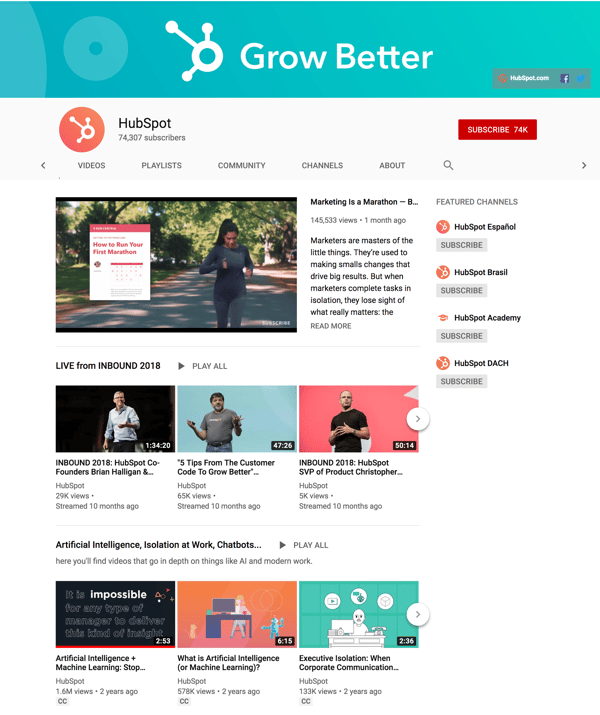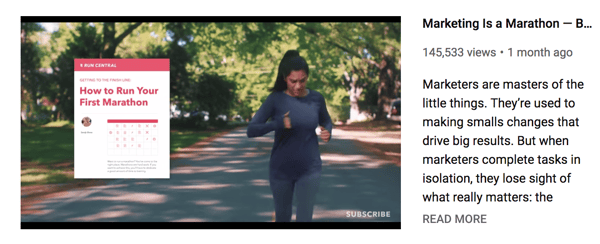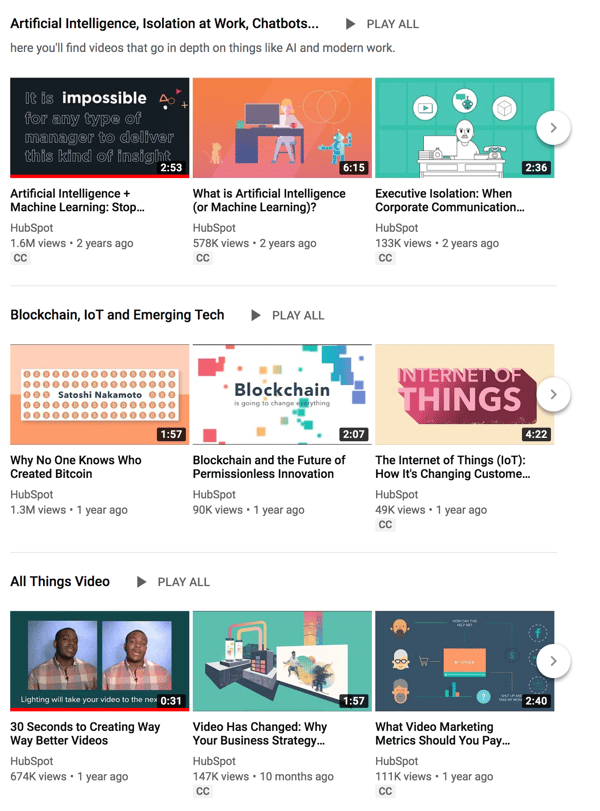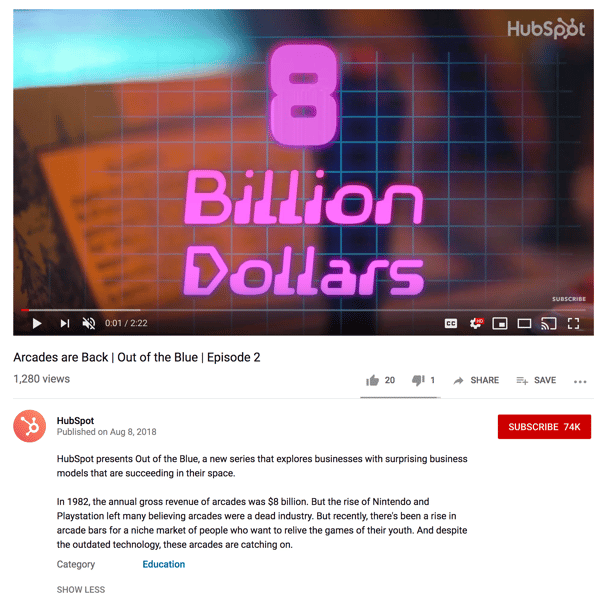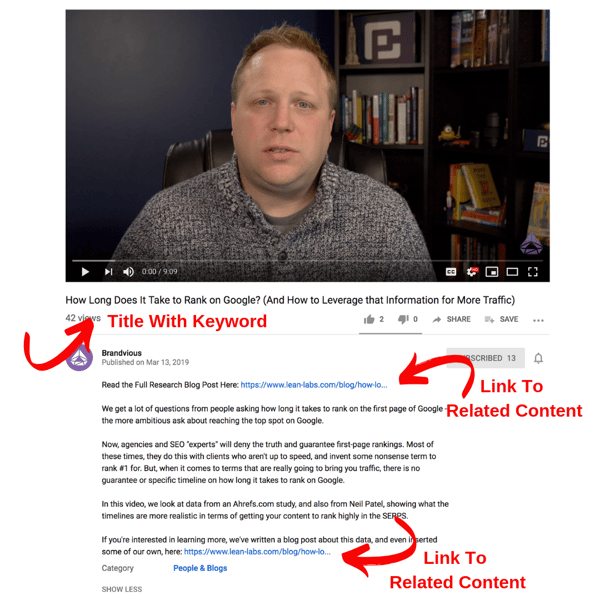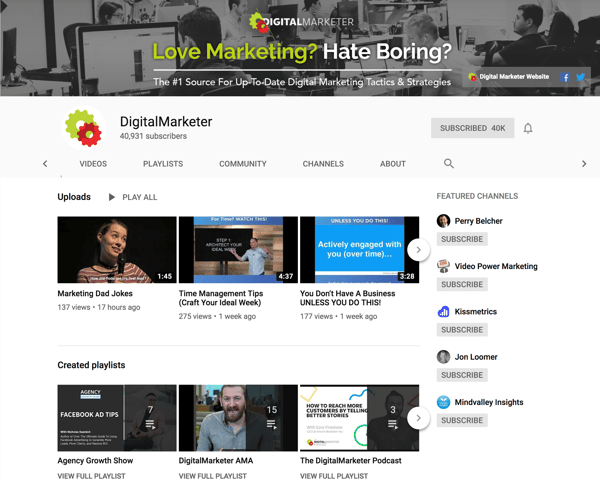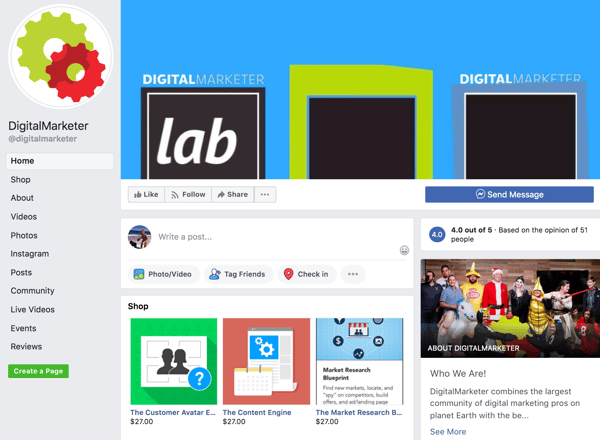Where does your audience consume the most video content?
It's not Instagram. It's not Facebook. It's not even LinkedIn.
Consumers spend a billion hours watching YouTube. That's why it's one of the best platforms for brands to share their video content. But it's also a crowded platform. There are a lot of YouTube creators, and it can be challenging to draw an audience.
However, if you follow the same process that other top-performing brands use, you can gain traction sooner. With these steps, you can gain a huge competitive advantage over your competitors.
Create A Youtube Channel Strategy For Business In 5 Steps
There is a silver lining to the volume of brands already on YouTube: you can learn from them. By avoiding common mistakes, you can create the strongest possible channel strategy and focus on what works. In my experience, you can create this type of YouTube strategy in five simple steps.
1. Determine How The Channel Will Support The Customer
Before thinking about how to show off your brand, consider why your channel even exists in the first place. What does it help the user do? What will they learn from your content?
An exceptional example of this is HubSpot. The HubSpot YouTube Channel exists to help its customer grow. And HubSpot uses creative design elements and content to show the purpose on their channel.
These elements include:
1. A descriptive yet simple hero graphic.
2. A featured video and supporting copy that introduces the customer to the channel.
3. Playlists that cover channel topics.
4. Customer-centric videos with enticing titles.
Each element tells the customer what they'll learn from the channel, which is critical to catching the attention of incoming visitors.
2. Choose Core Topics
One of the best things about HubSpot's YouTube channel is the organization. There are various playlists, each with their own unique topic. The overarching themes are useful for a few reasons:
- Anyone visiting the channel can find the right video content quickly.
- It’s easier to plan and coordinate topics for videos.
- You can track the performance of the different topics and themes over a period.
For example, HubSpot’s playlists include:
- HubSpot Customer Success Stories
- All Things Video
- Live From Inbound
- Blockchain, IoT, and Emerging Tech
Each playlist has a unique theme and purpose. If we break those down, they are:
- The success that customers get using HubSpot.
- The tactics you can use to create web videos.
- A few videos from Inbound, HubSpot's annual conference.
- Videos that talk about topics the HubSpot customer has an interest in.
You can use their model to make your own playlists about customer stories, how-tos, event footage, and trending topics.
3. Make A Plan To Promote And Drive Traffic
Let's say that you plant a seed in a garden. You never water it, you don't tend to it, and you don't put it in the right soil. What happens? It dies. It's similar to what happens when you don't tend to your YouTube channel.
Without any plan to promote the content or drive traffic back to your site, you won't get enough value from it.
We drive traffic TO our YouTube channel by:
- Creating video titles based on keywords.
- Sharing links to the channel in blog posts and marketing emails.
- Leaving comments and sharing posts from other YouTube channels.
We drive traffic to our website FROM YouTube by:
- Adding links to related blog content in YouTube video descriptions.
- Mentioning a relevant lead magnet or offer in the video and inviting the viewer to check it out.
We get even more value by embedding our YouTube videos into related blog content.
4. Create On-Brand Channel Graphics and Copy
When your YouTube channel matches your branding, people recognize it. It helps keep your overall brand intact.
Digital Marketer's channel page is a great example of consistent YouTube branding. It matches the look and feel of their overarching parent brand. Take their YouTube cover image, for instance.
It matches branding from their Facebook page (below), Twitter account, and website.
The similar fonts, colors, and pictures all help maintain the look and feel of your brand, regardless of the platform.
If you want to get engagement on your channel, you should engage with other creators and users on YouTube. A good way to incorporate this into your YouTube channel strategy is by identifying the people and channels you want to connect and build relationships with.
From that, you can:
- Find and follow other relevant channels.
- Make a daily social media engagement plan to engage with content.
- Save videos your audience would find useful. You can embed them into related blog content or share on social media.
- Learn from other channels and improve your strategy.
When you interact with other channels, you build relationships. You can also get more people to check out and engage with your page, as well.
Creating A YouTube Channel That Drives Engagement
With the right YouTube strategy, you create the strongest possible foundation for your channel. Every element contributes to the viewer's experience. And in time, these seemingly small elements all help determine the success you get from your channel.
Best of all, you can build the YouTube channel you need to effectively engage with your audience. And most importantly, you'll demonstrate through action and consistency that you're a brand focused on customer success.
As an Inbound Writer for Lean Labs, Melissa writes about high-converting websites and customer-centric marketing. She's an avid traveler, with trips to Iceland, Ukraine, and Portugal under her belt. She currently resides in Wilmington, North Carolina with her dog, Morrie.
